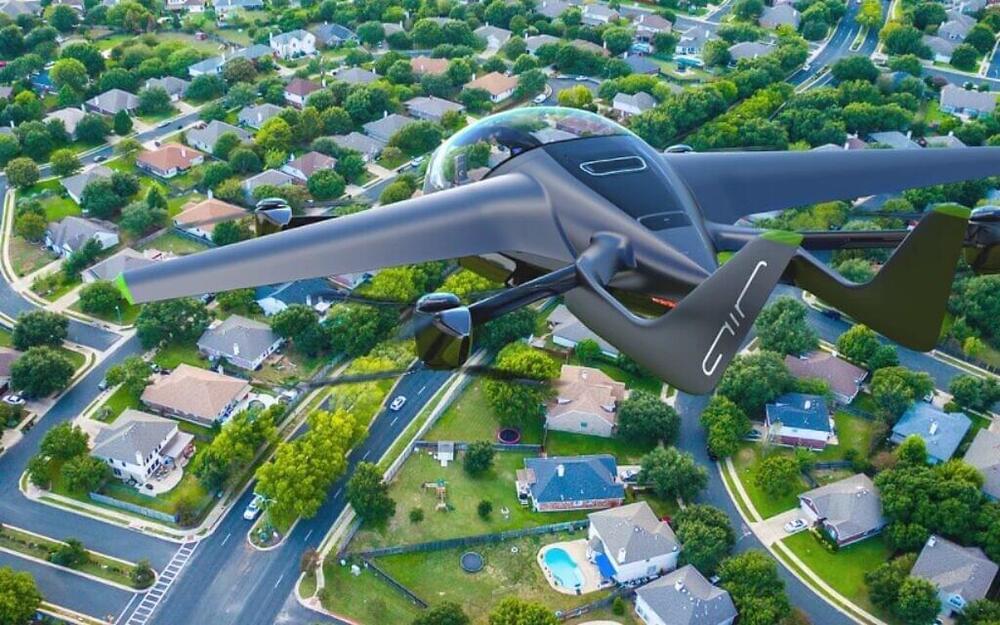Jetson One is the flying car we all wanted by now, its real and it’s awesome!
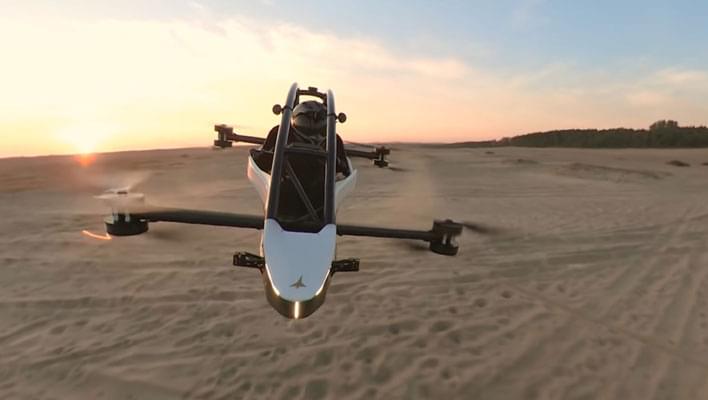


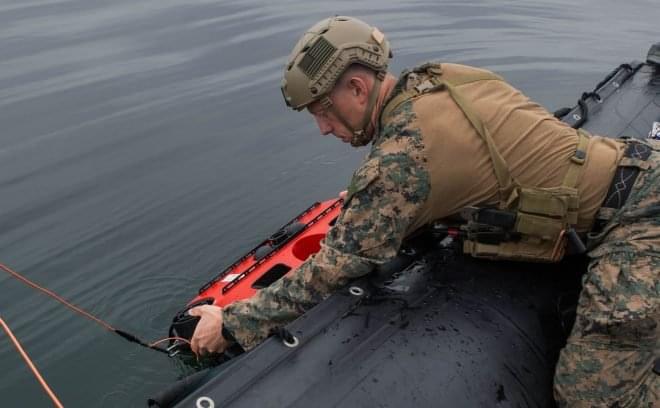
The Marine Corps is expanding its mission set to include operating robots in shallow waters, a first for the service that comes as it prepares to operate on islands in the Indo-Pacific.
The Explosive Ordnance Disposal Remotely Operated Vehicle is a box-shaped robot that can navigate in shallow waters, where it will be able to identify and neutralize threats, according to a Marine Corps Systems Command news release issued Thursday.
The robot, also referred to as an ROV for remotely operated vehicle, has high-definition video capability and the ability to provide real-time feedback for explosive ordnance disposal divers, according to the release. It also uses sound navigation and ranging sensors.
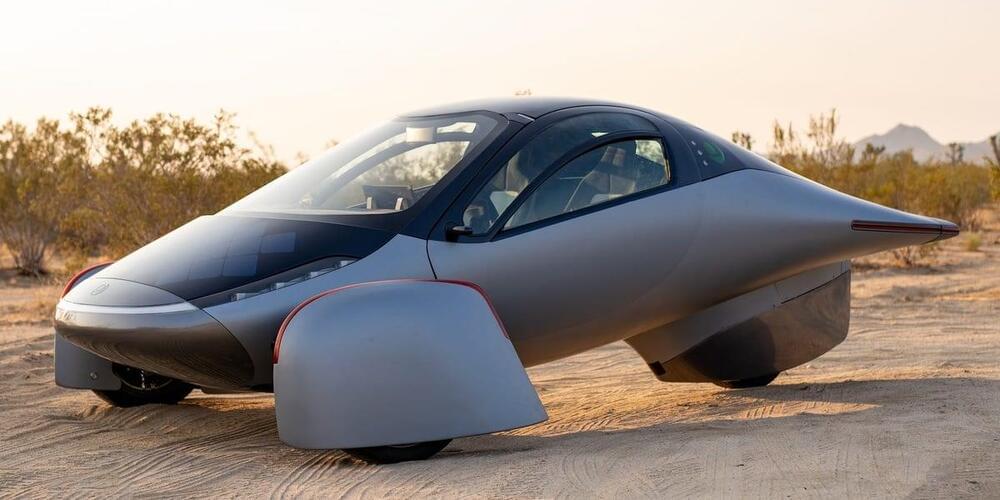
Almost every time we talk about Vertical Take-Off and Landing (VTOL) concepts, we are looking at a scaled-down version of an aircraft that can carry four-five people and some cargo. And an Israel-based company, Urban Aeronautics is determined to create the first flying car and they are doing a pretty good job at it.
The flying car’s lift is generated by fully enclosed counter-rotating ducted fans that are placed both in the rear and front of the car. After years of testing, the company has unveiled a sleeker exterior this year that can zip past at a top speed of 150 mph (241 kph) and has a range of around 100 miles (160 km). The project noise levels from this are still 78 dB, which are quite acceptable for city limits, the company claims. The company has completed technology demonstrations using helicopter engines where the car has flown at low altitudes of 49 feet (15 m).
Full Story:

The joys of riding in a car.
When I was a youngster, my grandparents delighted in taking me for a trek in their car, especially on the weekends. They would come to visit during the summers. A car ride included rolling down the windows of the vehicle and we would all relish the rushing cool breeze on those hot and muggy summer days as we drove leisurely along.
Since I wasn’t old enough to drive, they instead did all the driving activity. I did though have a hand in where we went. Let’s go to the store, I would clamor. Let’s drive past the school ground and wave at anyone there. Let’s go driving around the local park and see all the trees and the ducks in the pond.
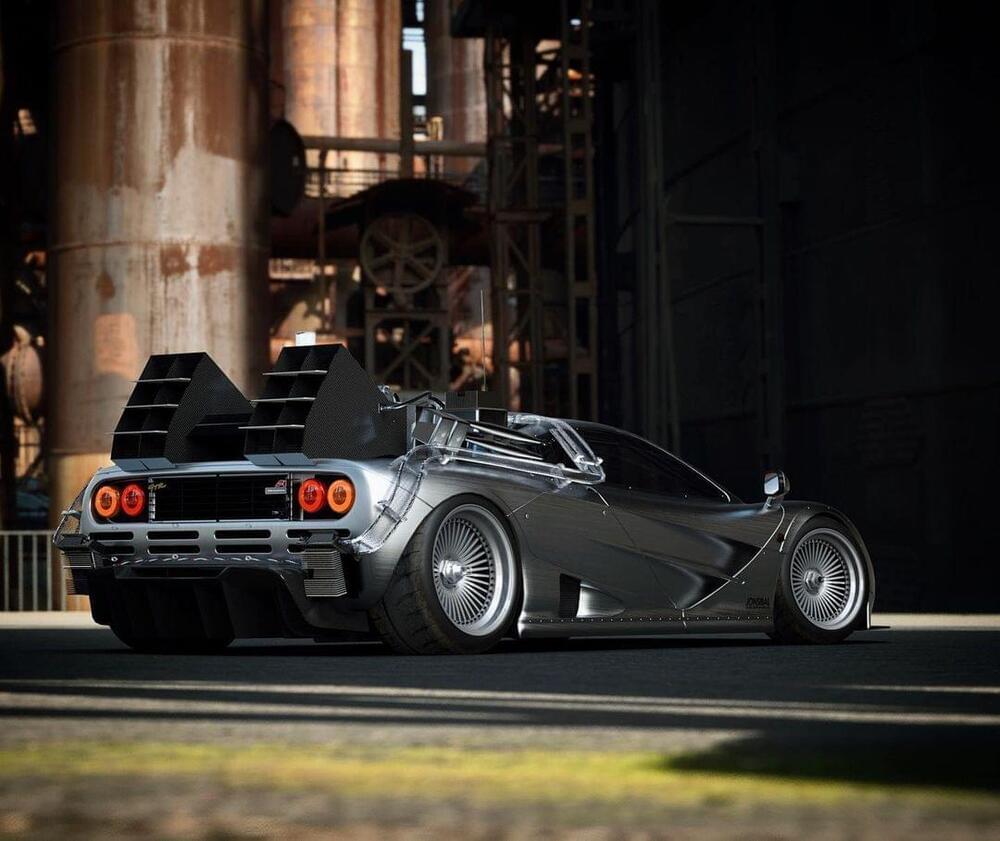
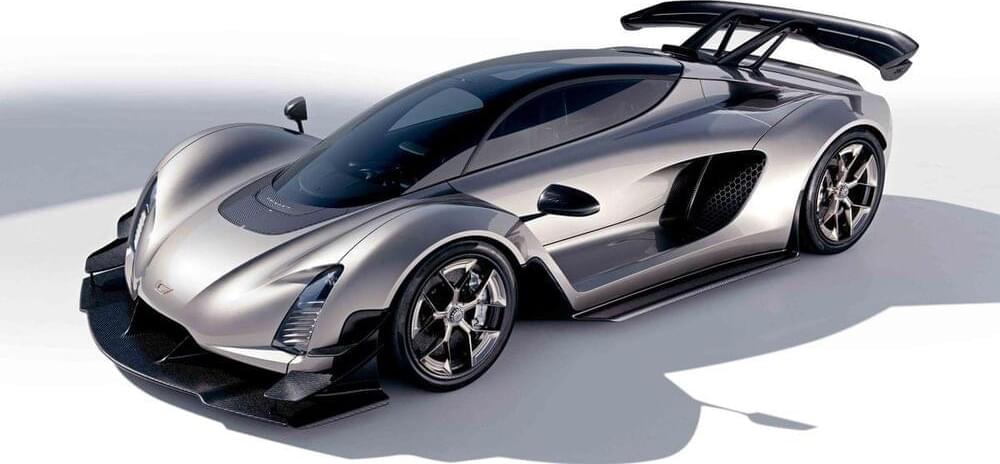
Known formally as additive manufacturing, or AM, in the business, the process can make almost anything—even a car.
“For our OEMs, we were able to show a print rate 50% faster than they needed for value production and an assembly rate about 35% faster than they need for full-volume production,” Kevin said. “We have a dozen programs for multi component structures,” said Kevin. “Our first production programs are going to be in vehicles on the road in early 2022. And these are with brands that are within groups that are in the top five global automotive groups by annual volume.”
So, just to review, it’s: computer-designed parts, 3D printers making those parts, which are assembled by robots, in a much smaller space than typical assembly lines.
So no more River Rouge. The Czingers say that carmakers could replace assembly lines that had been a mile long with assembly stations like the one I saw, greatly reducing the lead time, cost, and complexity of car making. And you can switch the car model that you’re building with every new assembly. No more downtime during model-year changeover. And all those spare parts carmakers have to keep in warehouses for 10 years? They will be replaced by instant 3D printing of whatever spare part you need.
